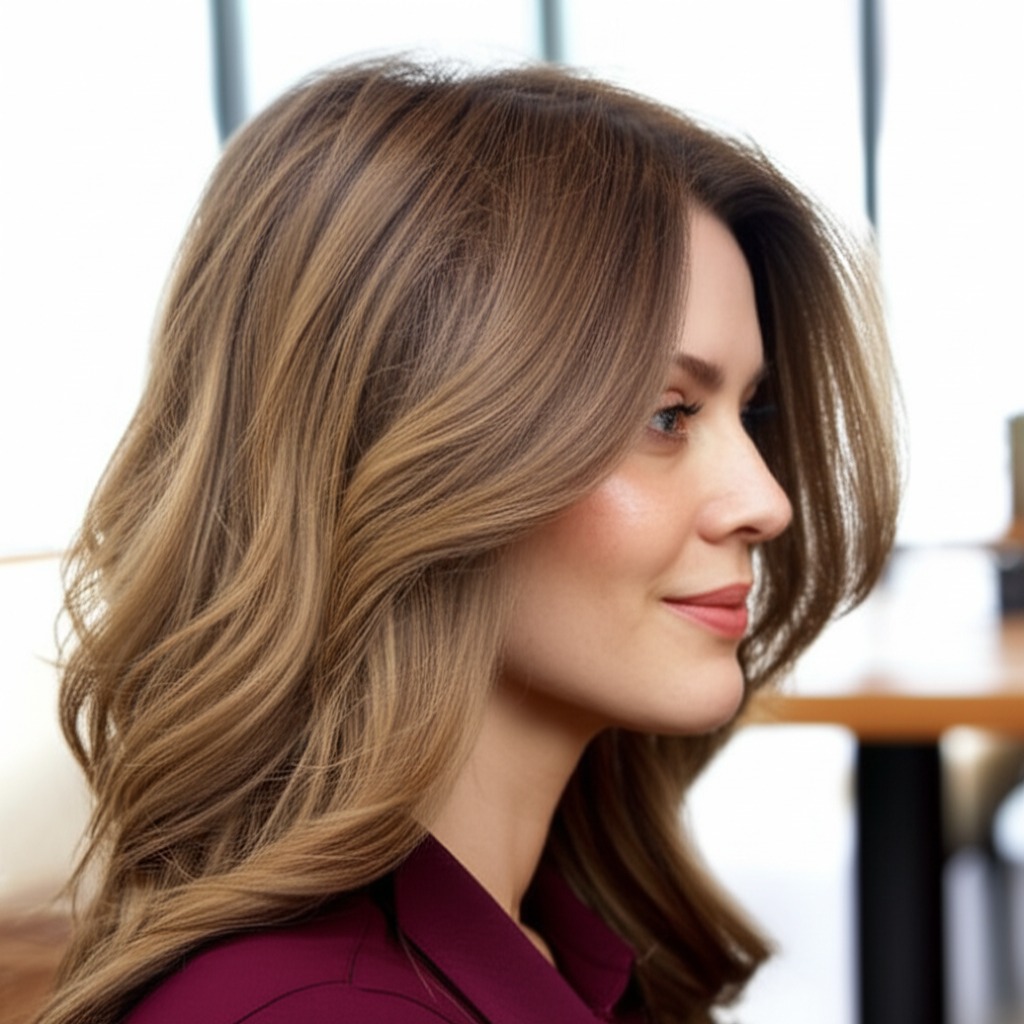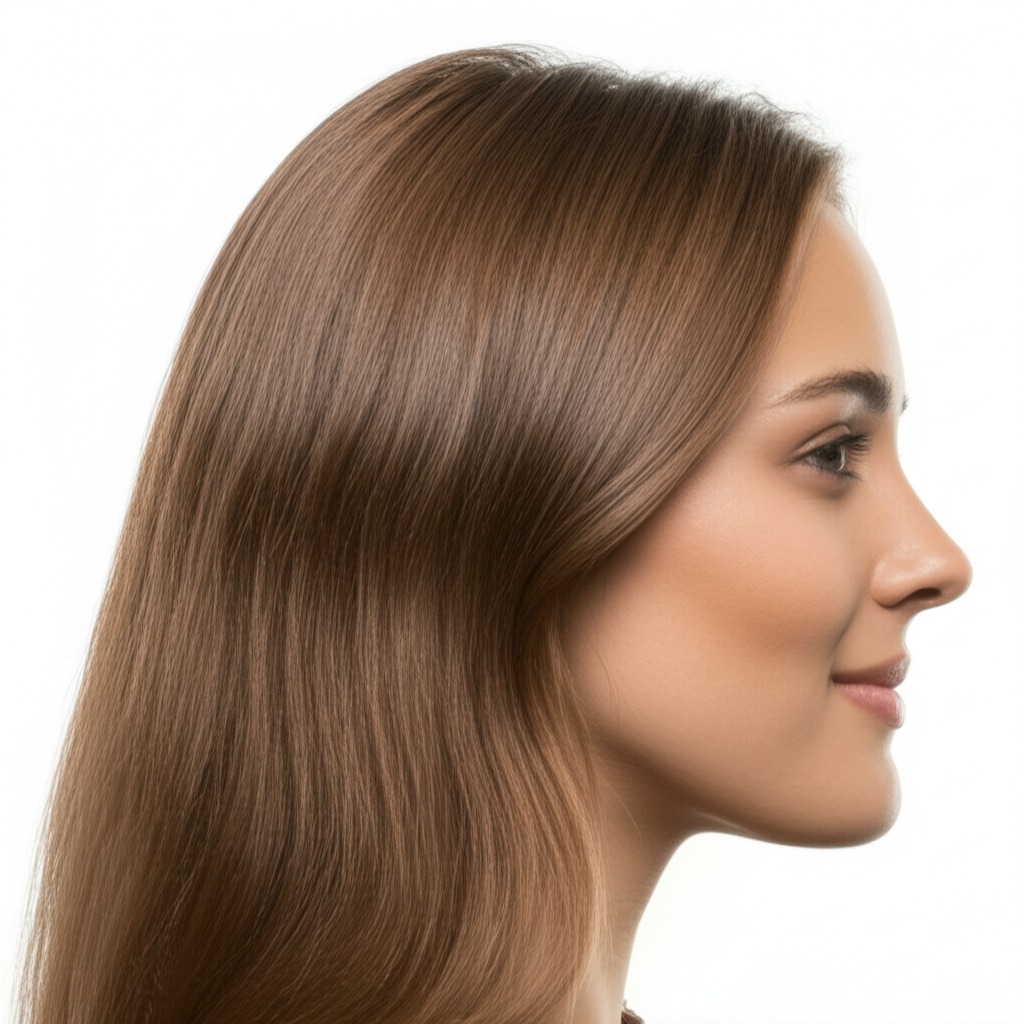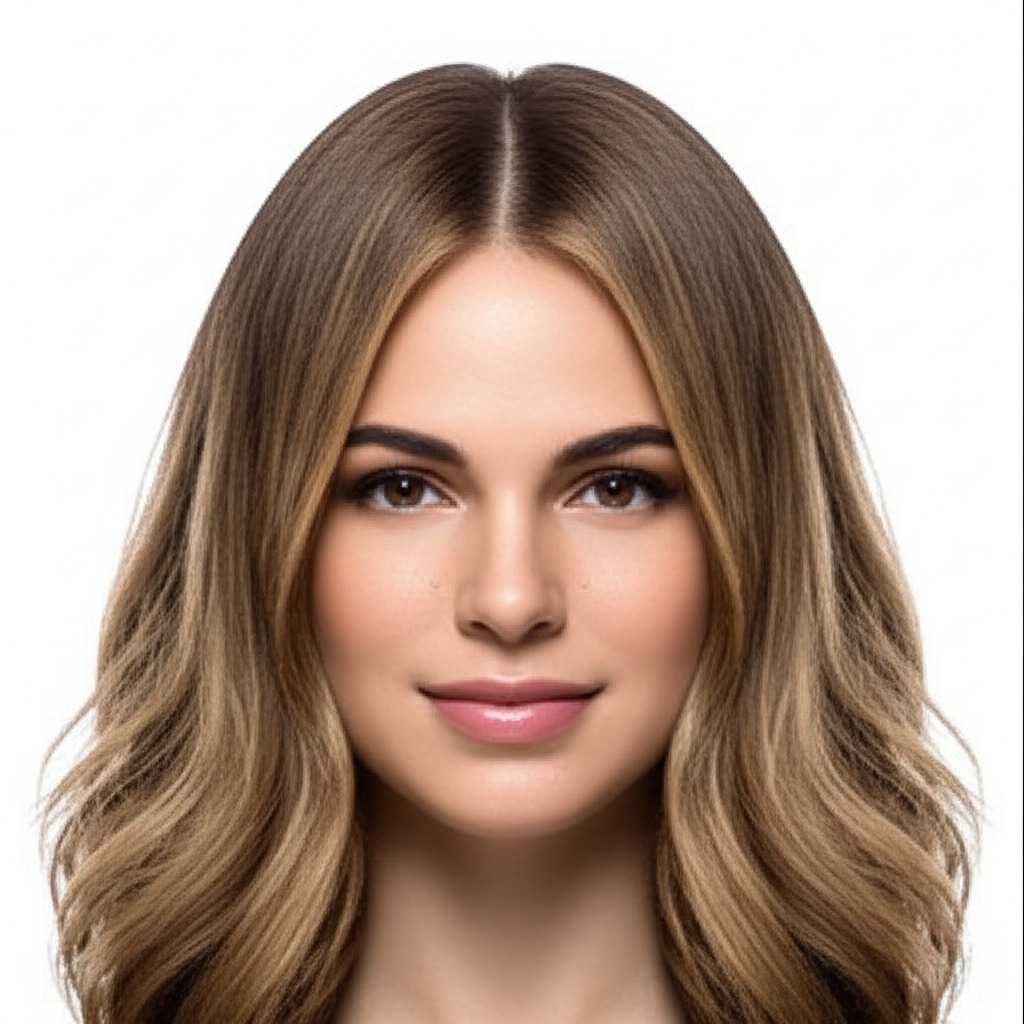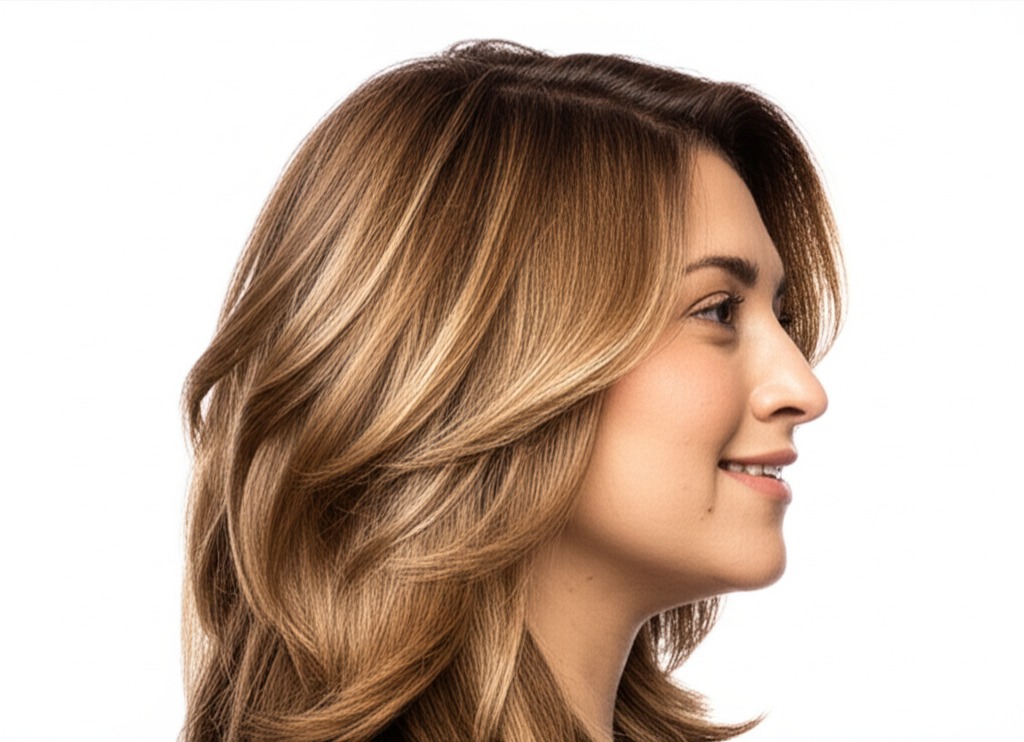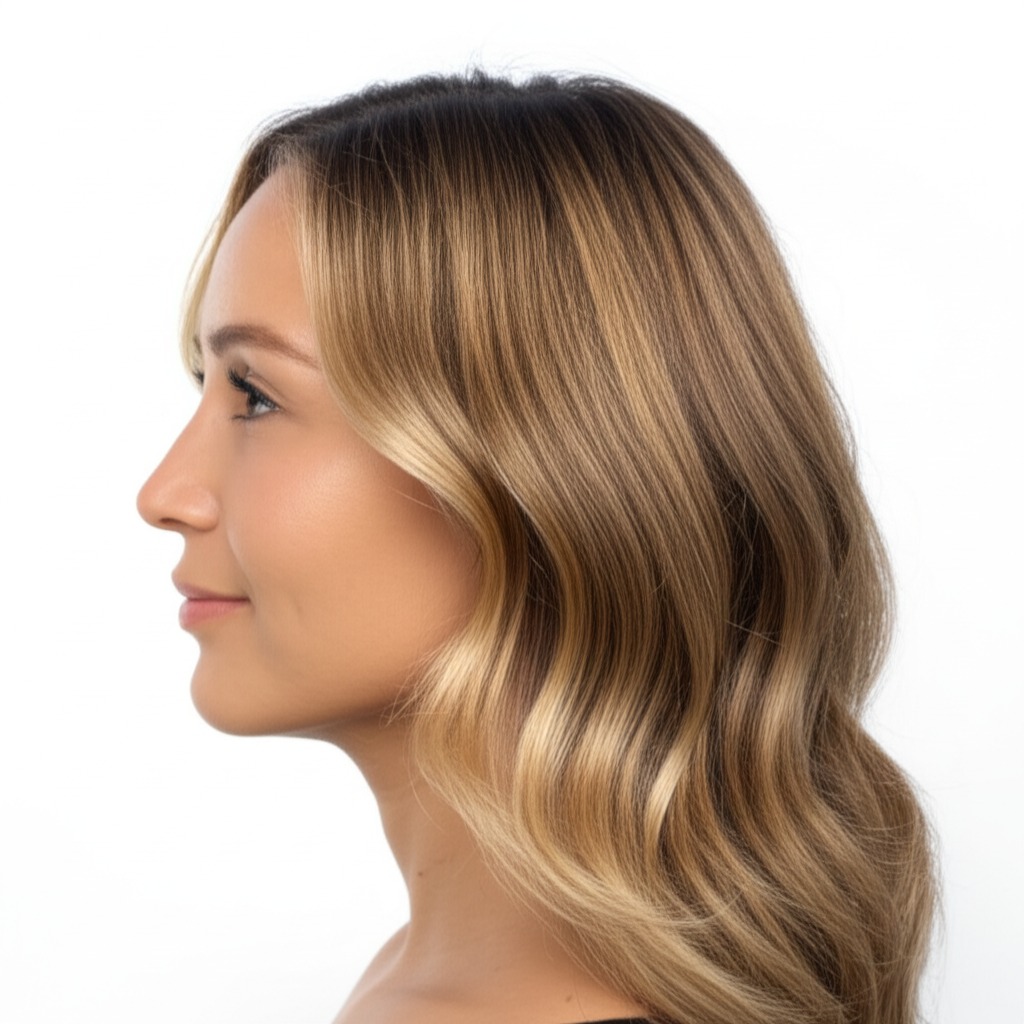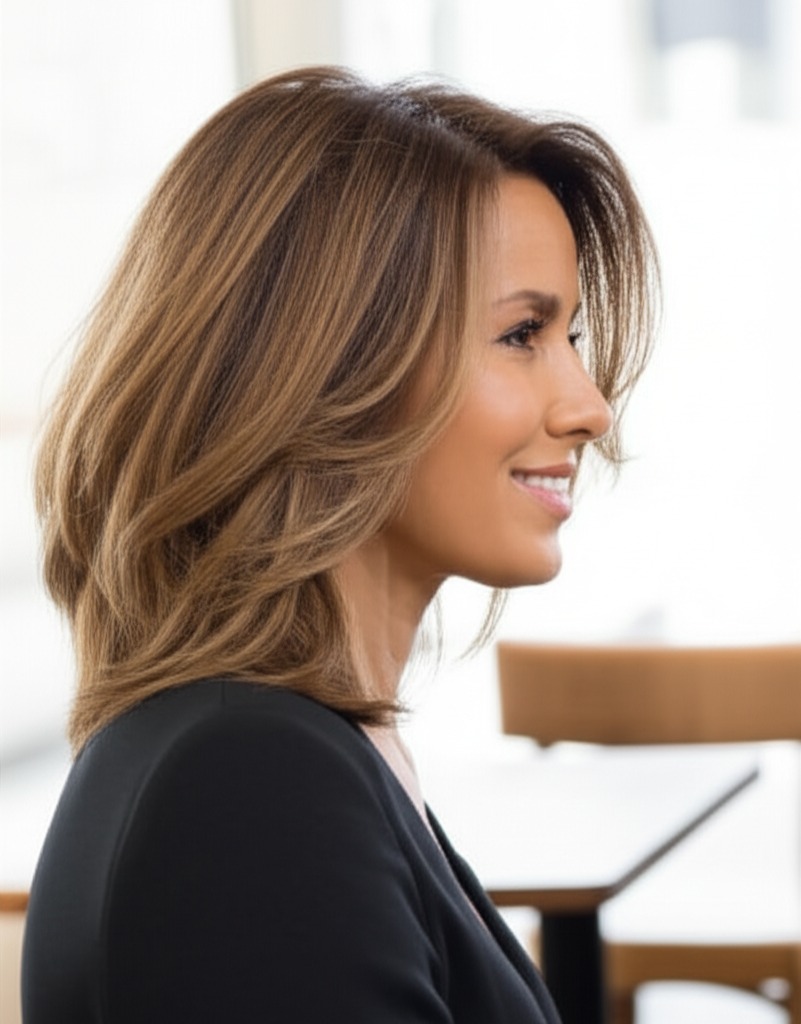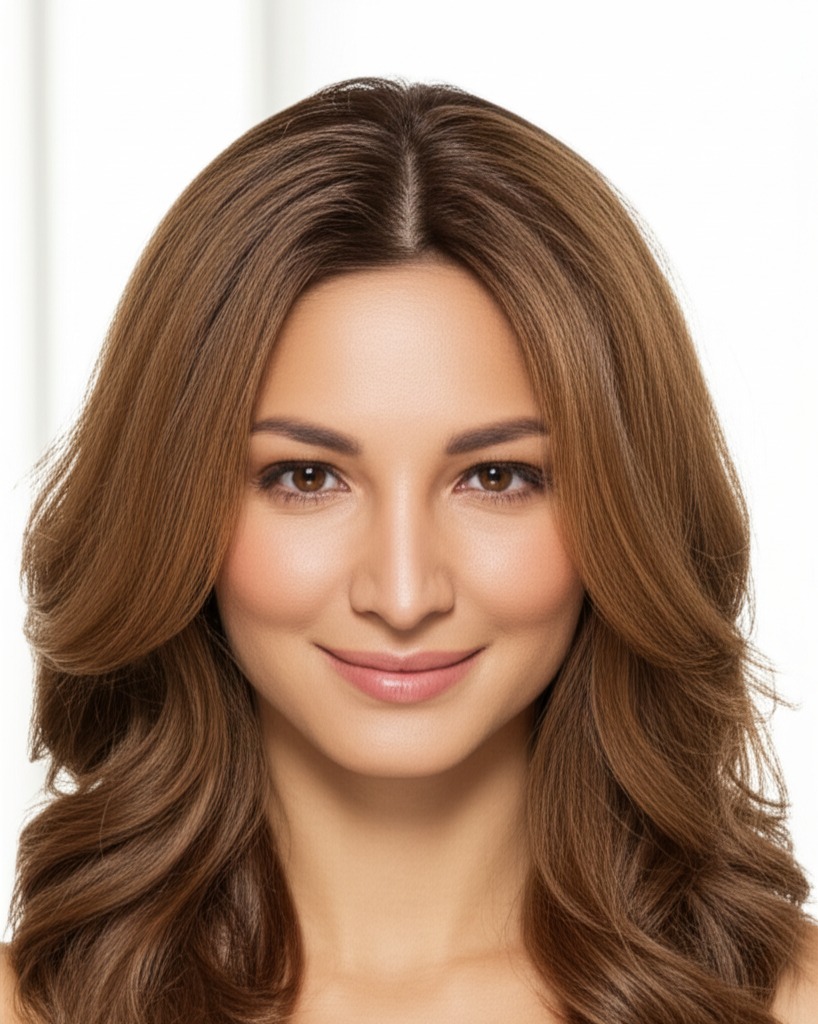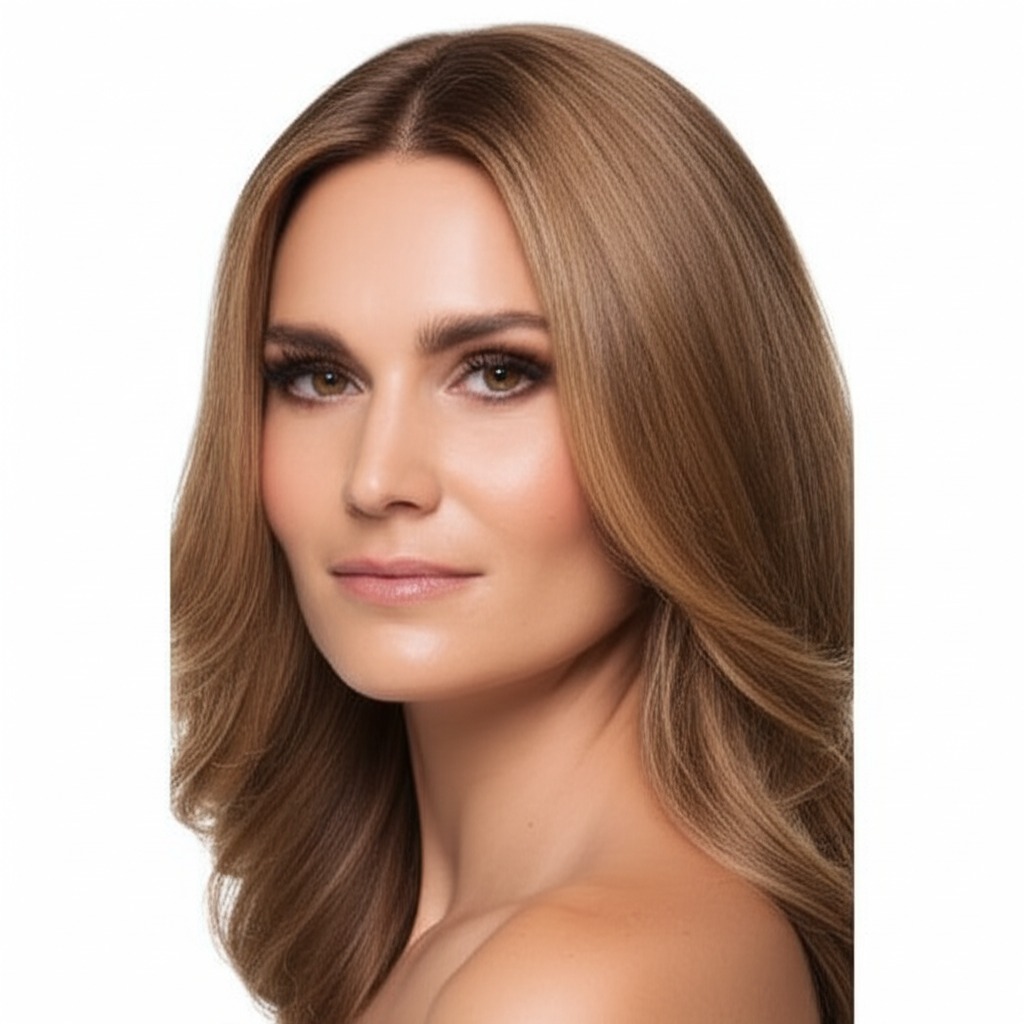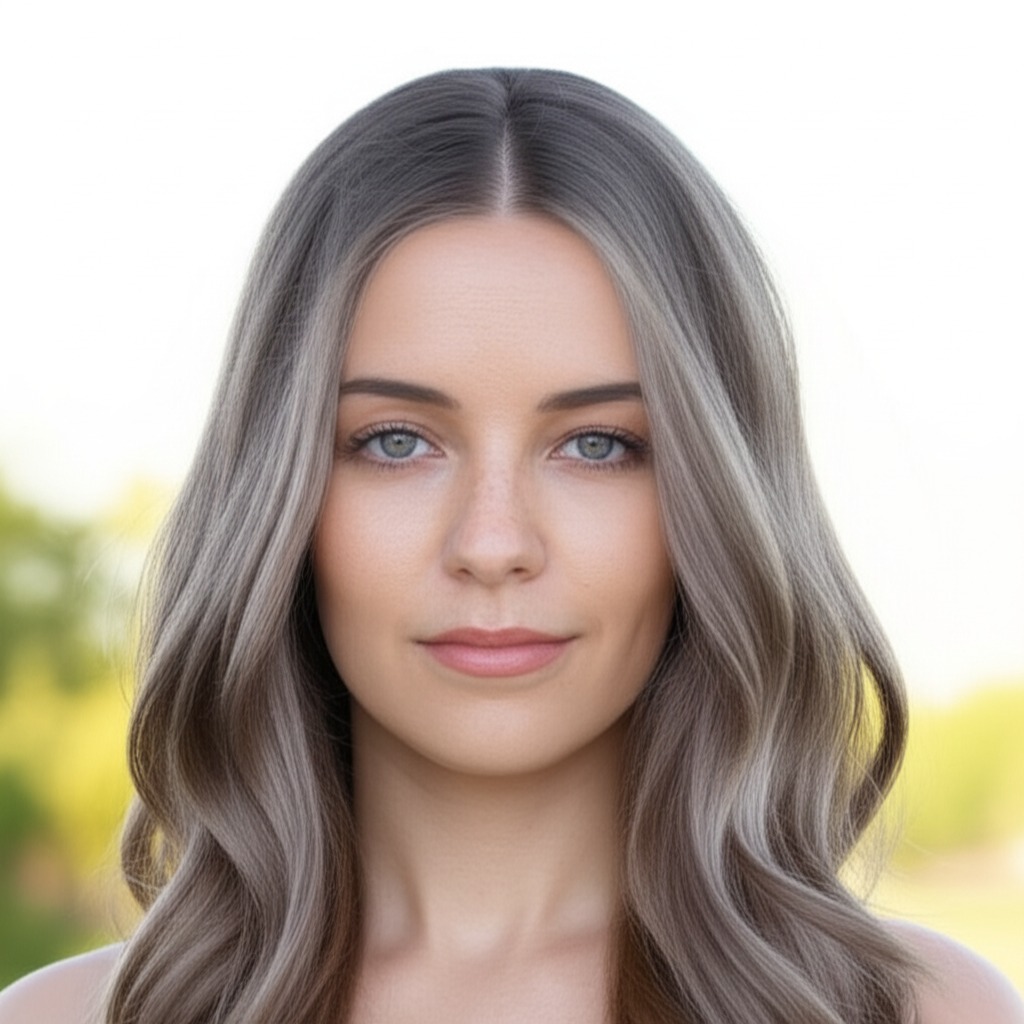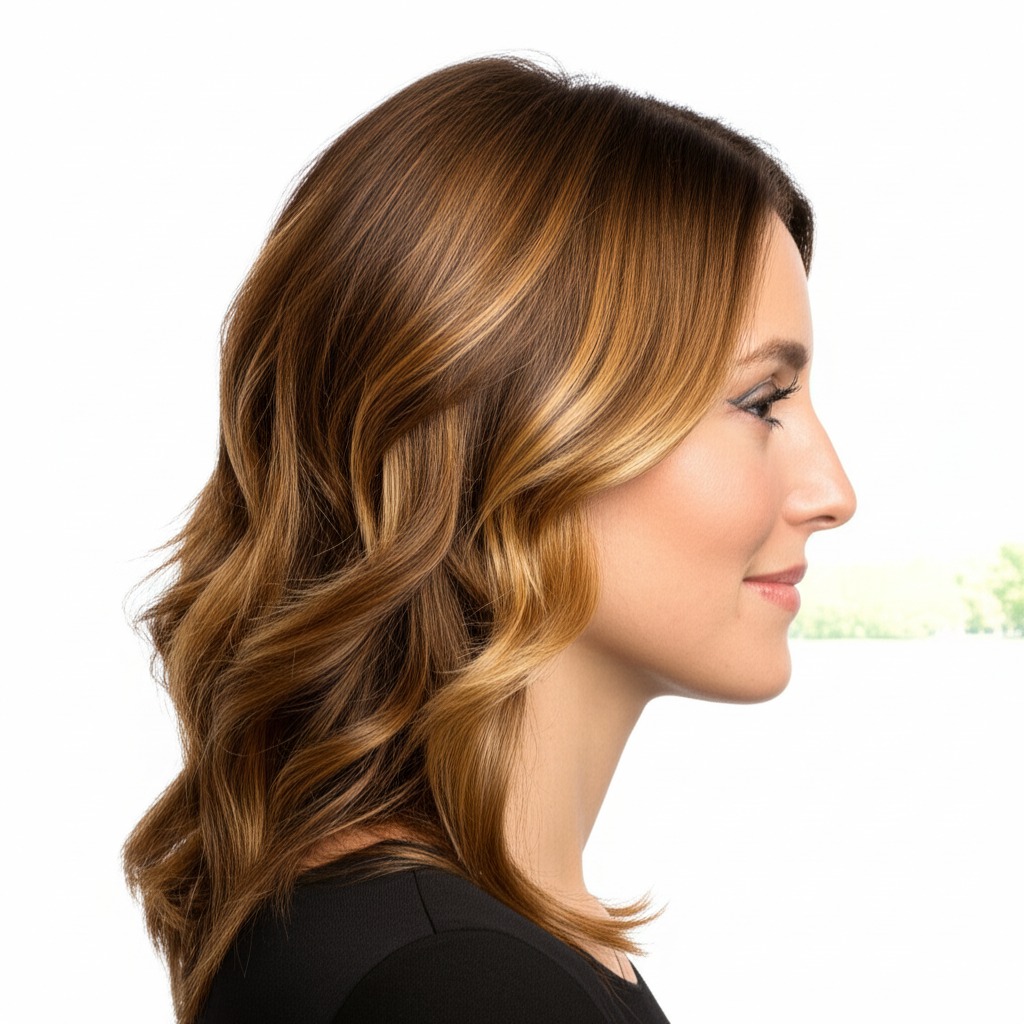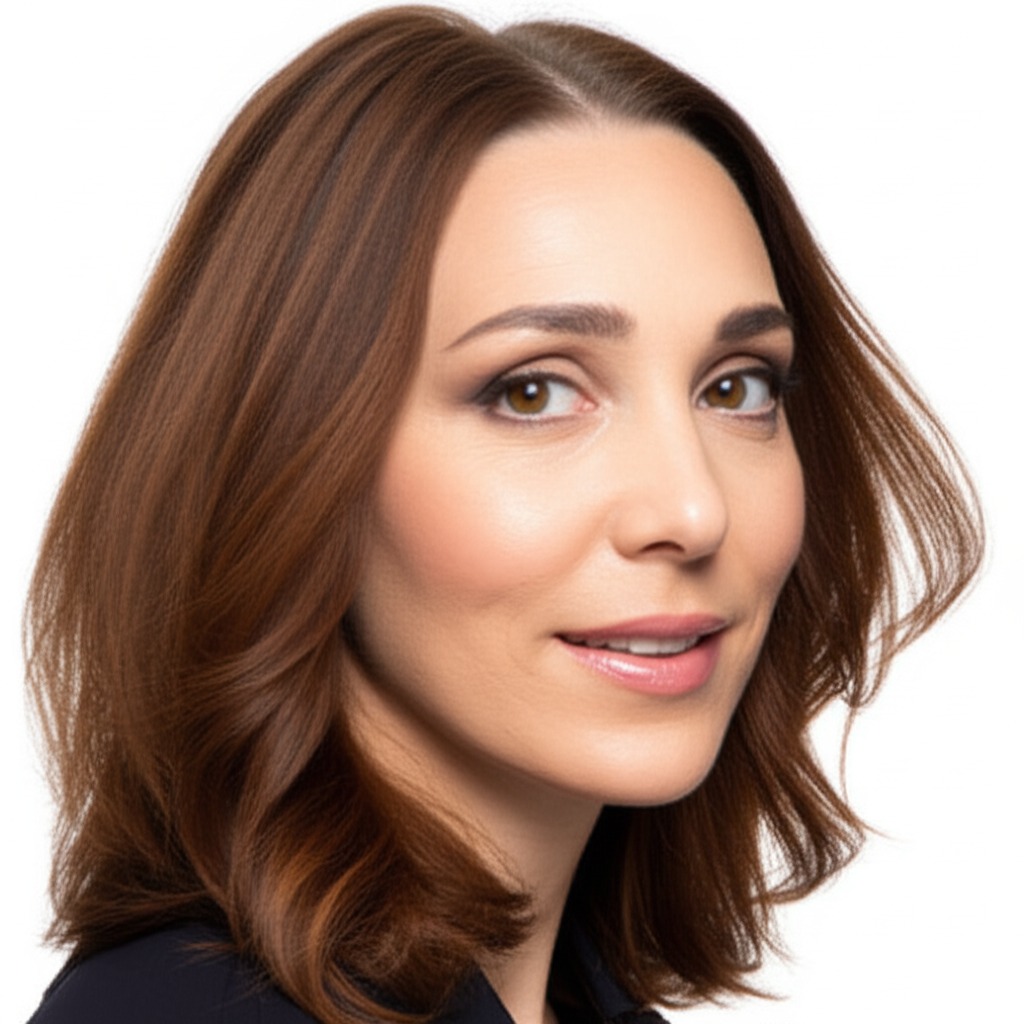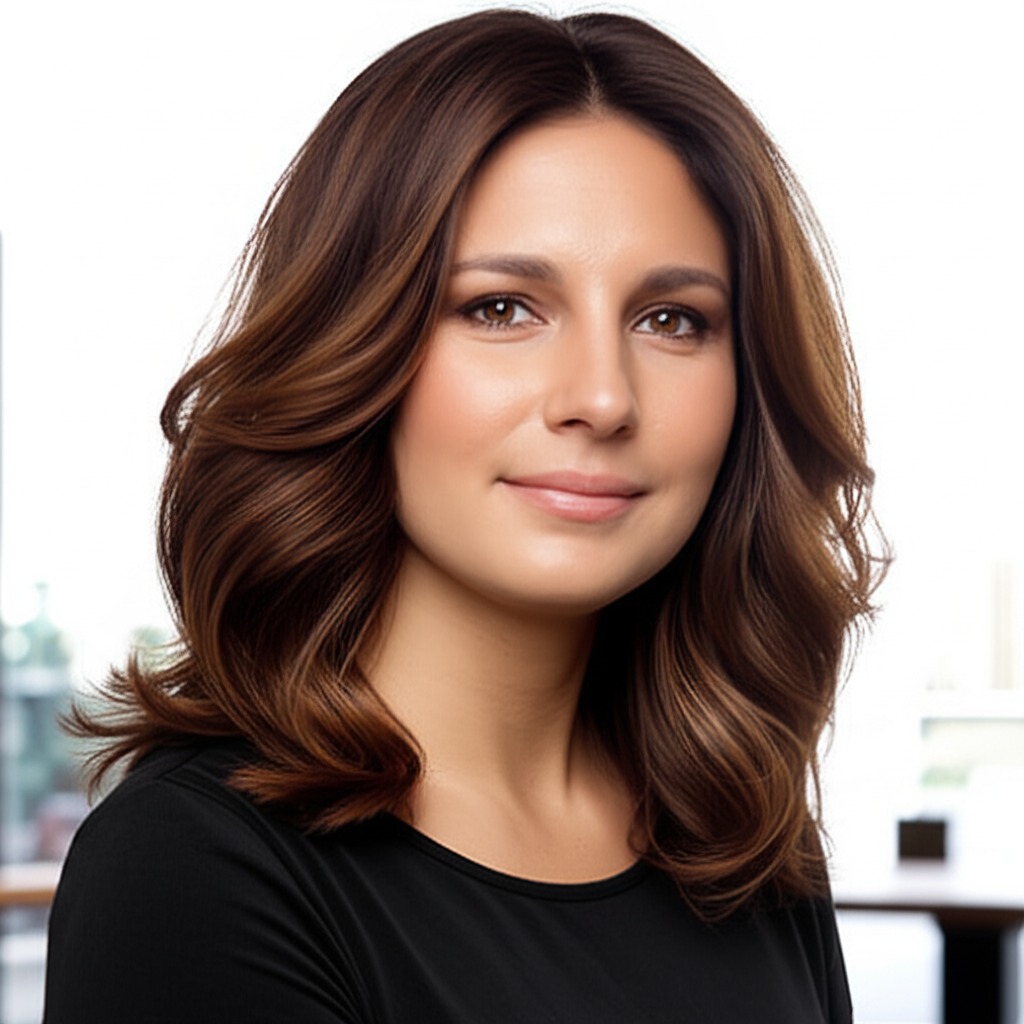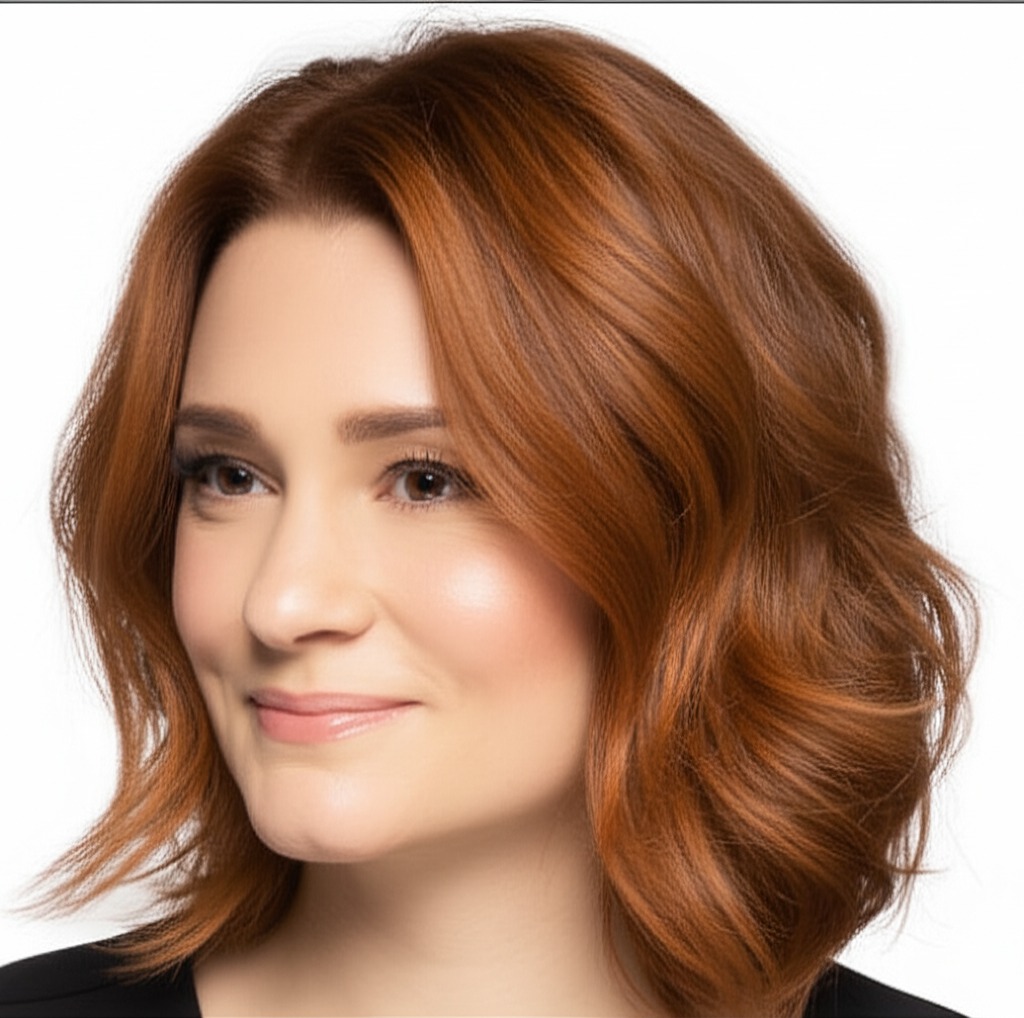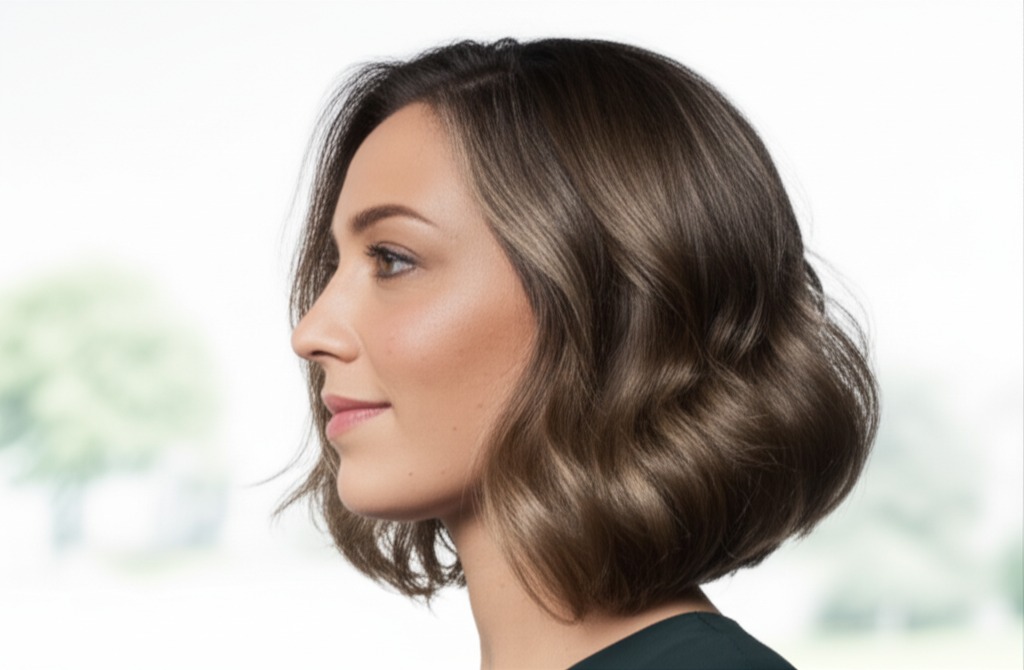#Light Brown Hair: A Guide to Achieving the Perfect Shade
Light brown hair is a universally flattering shade – it’s approachable, sophisticated, and offers plenty of room for personalization. It's not as dramatic as blonde but has more depth than golden hues. This guide will break down everything you need to know about achieving and maintaining this beautiful color, no matter your starting point or hair type.
#1. Understanding Light Brown: Shade Definition
Light brown isn’t just one color; it's a family of shades! Here’s what influences its appearance:
- Undertones: This is key to finding the right light brown for you.
- Warm Undertones: Think golden, caramel, or honey notes. These work best with warmer skin tones.
- Cool Undertones: Think ash, beige, or violet hints. These are ideal for cooler skin tones.
- Neutral Undertones: A mix of both! Lucky you – most light browns will look good.
- Levels (Depth): Hair color levels range from 1 (black) to 10 (lightest blonde). Light brown typically falls between Levels 6-8, but this can vary depending on the specific shade and how much lightness is added. A Level 6 might be a richer, deeper light brown while a level 8 will have more brightness.
#2. Who Does Light Brown Flatter?
Light brown’s versatility makes it suitable for many people, but here's a breakdown:
- Skin Tone & Undertone:
- Warm Skin Tones (yellow or golden undertones): Opt for light browns with warm highlights like caramel or honey. These shades enhance your natural warmth.
- Cool Skin Tones (pink or blue undertones): Choose light browns with cooler tones like ash brown or beige-brown. This complements the coolness in your skin.
- Neutral Skin Tones: You have more flexibility! Experiment to see what you prefer – warm, cool, or a balanced mix.
- Eye Colors: Light brown looks beautiful with virtually all eye colors:
- Blue Eyes: Warm light browns can make blue eyes pop.
- Green Eyes: Ashy or beige-browns will enhance the emerald tones in green eyes.
- Brown Eyes: Almost any shade of light brown will work, depending on your skin tone.
- Natural Starting Level: This impacts how much lightening is needed:
- Dark Brown/Black Hair (Levels 3-4): Requires more processing and might involve multiple sessions to achieve a true light brown without damage.
- Medium Brown Hair (Levels 5-6): A single process or subtle highlights are often sufficient.
- Light Brown Hair (Level 7-8): A toner can refresh the color, add dimension, or adjust the undertone.
#3. Technique Options: From Subtle to Statement
How you apply light brown makes a huge difference in the final look.
- Single Process: This is the most straightforward approach – applying a uniform dye all over. Great for covering grays or achieving an even base color.
- Highlights/Lowlights: Adding lighter (highlights) or darker (lowlights) strands creates dimension and movement. Subtle highlights can brighten your face, while lowlights add depth.
- Babylights: Very fine, delicate highlights that mimic the natural sun-kissed look of a child's hair. They’re gentle and create a soft, blended effect.
- Gloss/Toner: A semi-permanent treatment that adds shine and adjusts the undertone without significantly changing the base color. Perfect for refreshing existing light brown or neutralizing brassiness.
- Balayage-Effect vs Solid: Balayage involves hand-painted highlights, creating a more natural, blended look with softer roots. A solid application offers a consistent, uniform color.
#4. Maintenance & Longevity: Planning Ahead
Keeping your light brown looking its best requires some upkeep.
- Wash Frequency: Aim for 2-3 washes per week to prevent fading and dryness.
- Toner Refresh: Toners typically last 4-8 weeks, depending on hair porosity and water quality. Schedule regular touch-ups.
- Root Growth Pacing: Consider how quickly you want your roots to show. More frequent color adjustments mean more noticeable root growth.
- Budget/Time Planning:
- Low Maintenance (Single Process): Relatively inexpensive, takes 1-2 hours at the salon.
- Moderate Maintenance (Highlights/Balayage): Moderate cost ($100-$300+), 2-4 hours in the salon.
- High Maintenance (Babylights/Frequent Toners): More expensive and time-consuming, requiring multiple appointments.
#5. Seasonality & Pairing with Cuts: Adapting Your Look
Light brown is adaptable to different styles and seasons!
- Common Cuts:
- Bob: A light brown bob looks chic and modern. Highlights or balayage add movement.
- Lob (Long Bob): Versatile for all ages, a lob with subtle highlights frames the face beautifully.
- Long Layers: Light brown with long layers creates volume and flow.
- Pixie: A light brown pixie cut can be edgy or soft depending on how it's styled.
- Seasonal Tweaks: Add warmer tones (caramel, copper) for fall/winter; brighten the shade with golden highlights for spring/summer.
- Event Occasions:
- Work: A more natural-looking light brown is perfect for a professional setting.
- Daytime: Soft balayage or babylights add dimension and warmth.
- Evening: Richer, deeper tones with subtle shimmer create a glamorous look.
- Weddings: Consider adding warmer highlights to enhance your glow in photos.
#6. At-Home Care: Protecting Your Investment
Proper at-home care is essential for maintaining color vibrancy and hair health.
- Sulfate-Free Shampoo & Conditioner: Sulfates strip away natural oils and fade color faster.
- Clarifying Cadence: Use a clarifying shampoo every few weeks to remove product buildup, but don't overdo it!
- Heat Protection: Always use a heat protectant spray before using styling tools (blow dryers, straighteners, curling irons).
- Color-Safe Styling Tips: Avoid harsh chemicals and excessive sun exposure. Rinse hair with cool water to seal the cuticle and lock in color.
- Product Checklist: Color-safe shampoo & conditioner, heat protection spray, deep conditioning mask, leave-in conditioner.
#7. Common Pitfalls: Prevention is Key
Let’s avoid these common issues!
- Brassiness: Warm undertones can oxidize over time, leading to brassy tones. Use a purple or blue toning shampoo/conditioner to neutralize yellow and orange pigments.
- Banding: Uneven color application (often from at-home kits) creates noticeable lines of demarcation. Professional coloring helps prevent this.
- Patchiness: Uneven lightening can result in patchy areas. A skilled stylist will ensure even saturation.
#8. Pros & Cons: Weighing the Options
Pros:
- Versatile: Suits a wide range of skin tones and hair types.
- Flattering: Enhances natural features.
- Approachable: Not as dramatic as lighter shades, making it suitable for various settings.
Cons:
- Maintenance Burden: Requires regular touch-ups (especially with highlights).
- Fade Risk: Color can fade over time if not properly cared for.
- Potential Damage: Lightening processes can weaken hair – proper care is crucial.
#9. Salon Consultation Script: Setting Expectations
Here are some questions to ask your stylist during a consultation:
- "What light brown shade would best complement my skin tone and undertones?"
- "How much lightening will be required based on my current hair color/level?"
- "What technique (single process, highlights, balayage) do you recommend for the look I'm after?"
- “Can we discuss a plan to minimize damage during the coloring process?”
- "How often should I schedule toner touch-ups?"
- "What at-home care products do you suggest for maintaining my color and hair health?"
#10. FAQs: Your Burning Questions Answered
- Can I achieve light brown with an at-home kit? Possible, but results vary greatly. Professional coloring offers more precision and minimizes damage.
- How long does it take to get light brown hair in the salon? Typically 2-4 hours, depending on the technique and starting level.
- Will my hair feel dry after lightening? Lightening can temporarily dry out hair – deep conditioning treatments are essential.
- Can I go lighter or darker from this color later? Absolutely! Light brown is a great base for further transformations.
- How do I prevent my light brown hair from turning orange? Use purple shampoo/conditioner regularly and avoid excessive heat styling.
- Is light brown suitable for gray coverage? Yes, but it may require multiple applications or a combination of techniques to achieve full coverage while maintaining natural-looking results.
This guide provides a comprehensive overview of achieving beautiful light brown hair. Remember that every individual is unique; consulting with a professional stylist will help you create a personalized color plan that perfectly complements your features and lifestyle!
